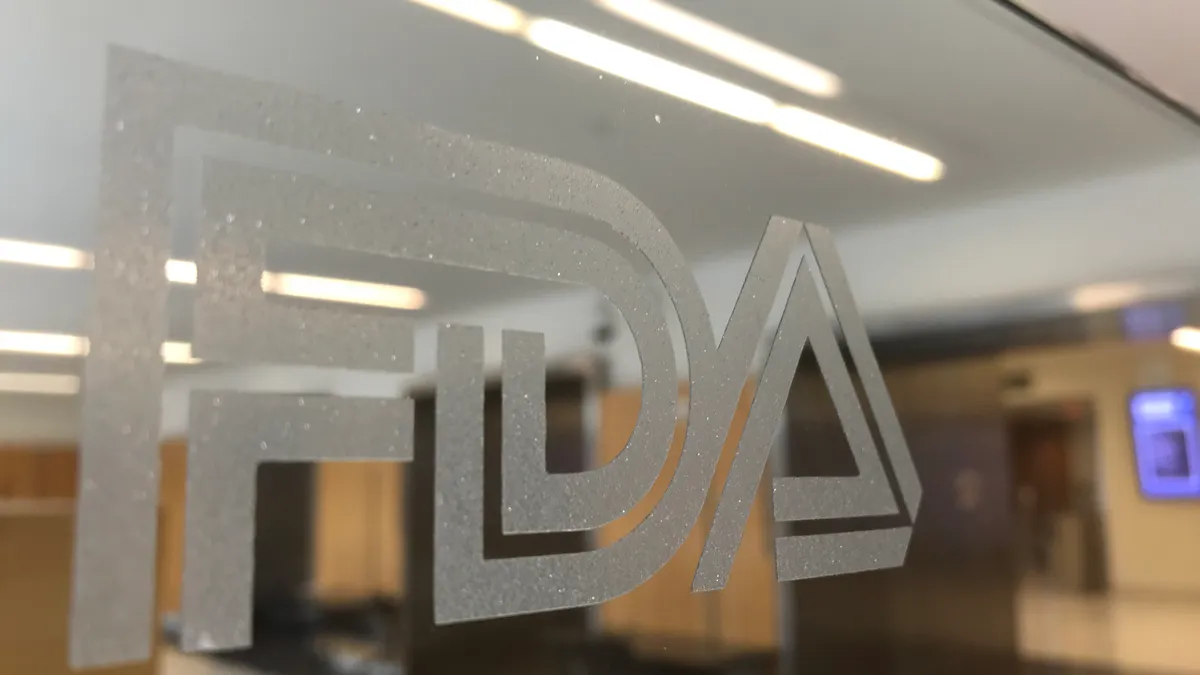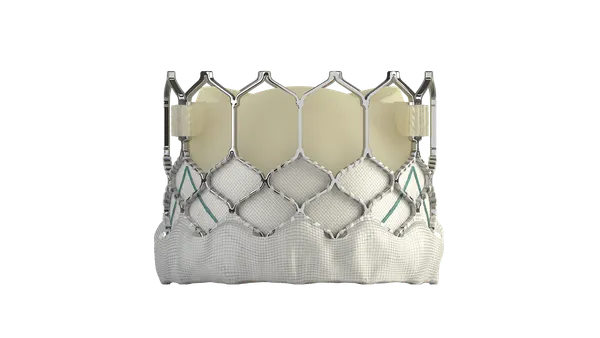Dive Brief:
- FDA said Tuesday it qualified the first biomarker test for use in developing treatments for traumatic brain injury or TBI. Qualification means it can be used by medical device developers to identify and enroll patients into TBI studies.
- The test was evaluated through the agency's Medical Device Development Tools program. FDA believes evidence shows the tool produces clinically meaningful measurements of data for use in medical product development.
- The OsiriX CDE test was submitted by the TBI Endpoints Development Initiative, a program supported by the Department of Defense. The test's software module provides a standardized way to classify brain contusions and label abnormalities on MRIs with the purpose of better identifying eligible patients for enrollment in clinical trials.
Dive Insight:
FDA has taken several actions recently to expand diagnostic options for TBIs, granting breakthrough designations in February to BioDirection's Tbit platform, which uses a nanotechnology-based sensor to measure protein biomarkers released into the bloodstream immediately following a head trauma, and SyncThink's Eye-Sync platform, which uses a modified virtual reality headset with infrared cameras to track eye movement, capturing data to support a diagnosis.
Among other marketing authorizations, the agency granted a De Novo clearance in January to Oculogica's EyeBOX, which uses eye movement data to measure cranial nerve function to determine presence and severity of a TBI.
Yet decades of clinical trials have failed to produce a drug or device to treat acute TBI, according to the TBI Endpoints Development Initiative. The public-private collaboration, supported by a $17 million grant from the Defense Department, includes FDA, academic clinicians, biotech and imaging industry leaders, patient advocacy groups and philanthropies.
The initiative intends to examine data from thousands of athletes, soldiers and the broader population to identify and validate effective measures of brain injury and recovery.
FDA's qualification of a medical device development tool is different from marketing clearance or approval of a medical device. Qualified tools are not intended for diagnosis or treatment of a patient outside of their specified use in medical device development studies, the agency said.
The purpose of the qualification program is to eliminate the burden on a medical device sponsor to demonstrate tool validation and remove the need for FDA staff to determine the tool's suitability in a device evaluation. Qualified tools are intended to become a resource that can be referenced by any medical device sponsor.
More than 2.5 million people in the United States each year seek medical care for traumatic brain injuries. The Centers for Disease Control and Prevention estimates that 2% of the U.S. population lives with TBI-caused disabilities. The Department of Defense says members of the U.S. military have sustained more than 360,000 brain injuries since 2000.










